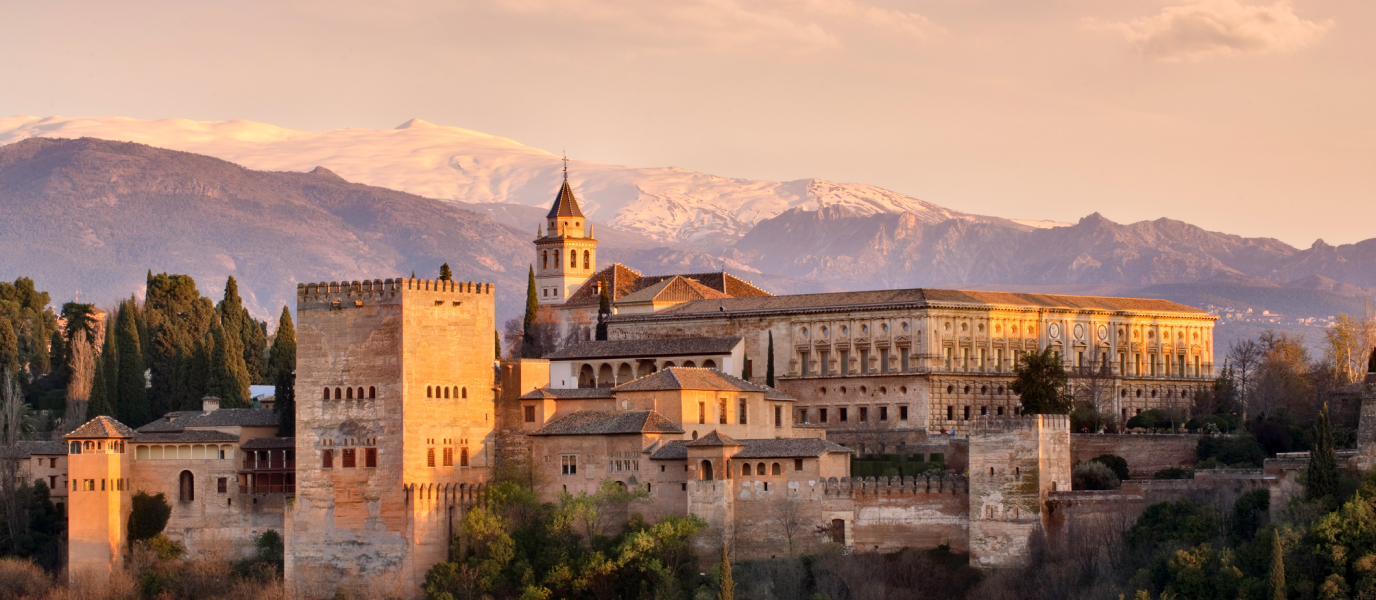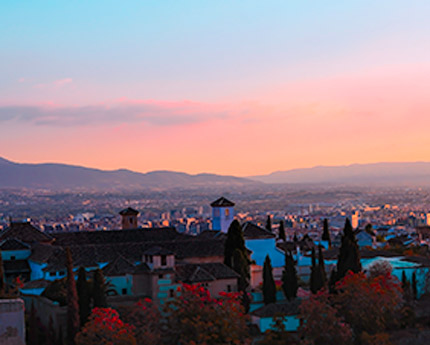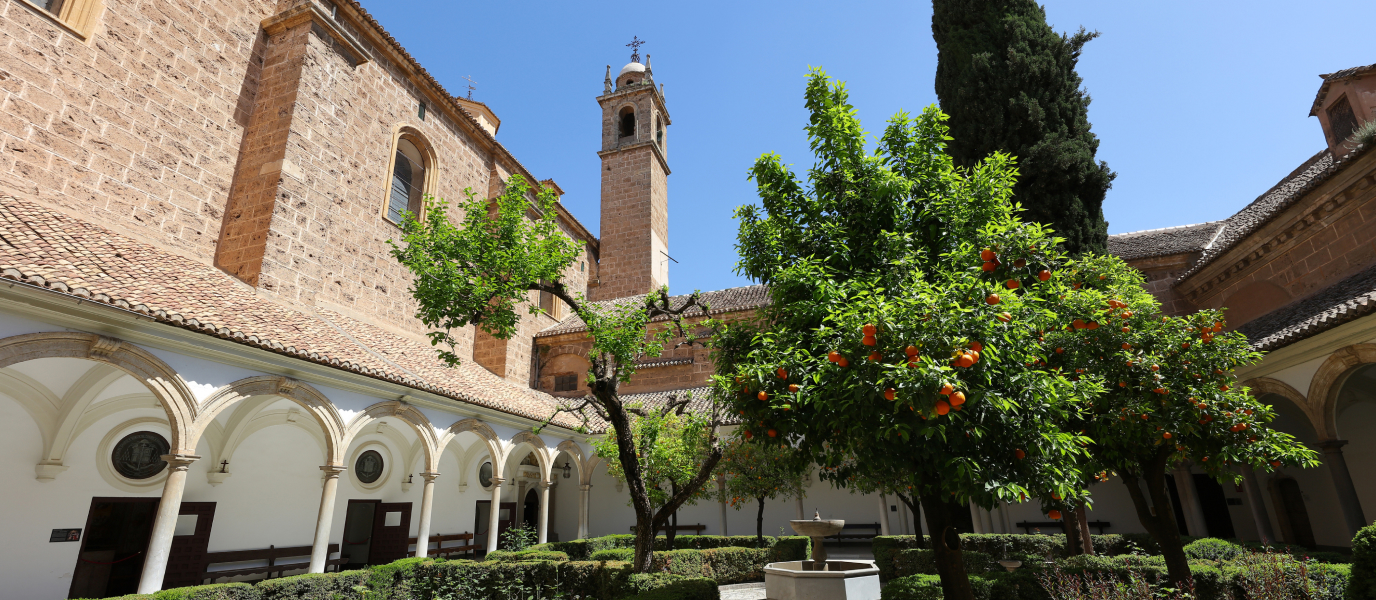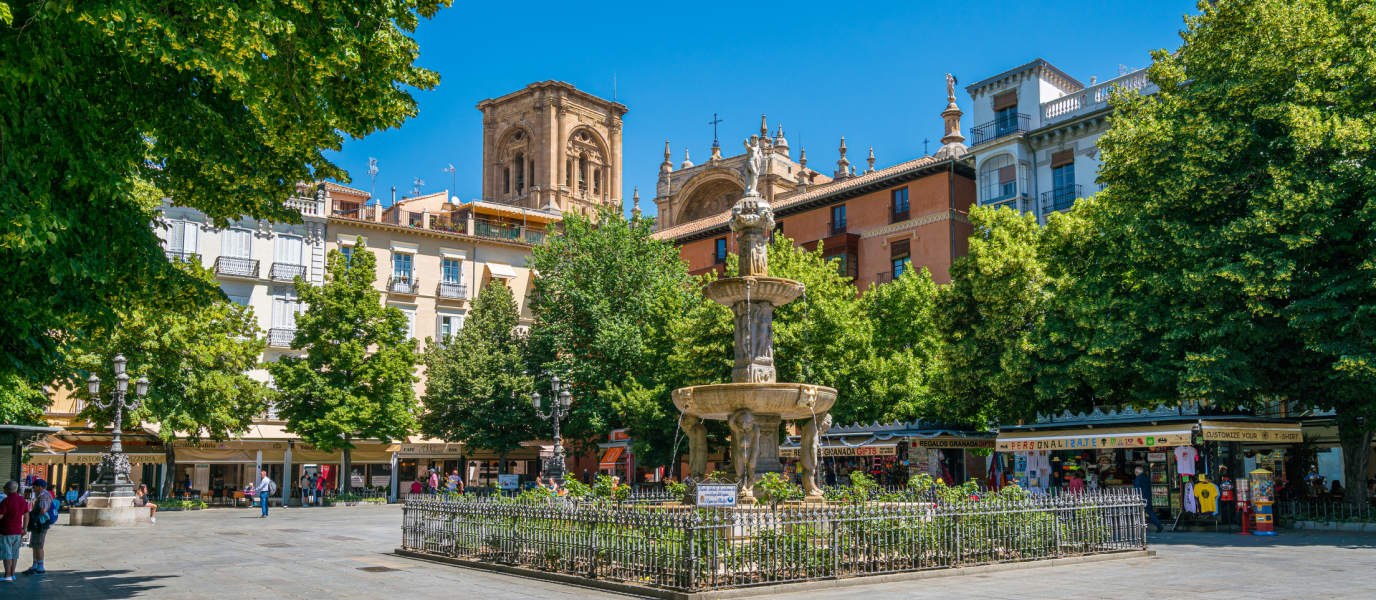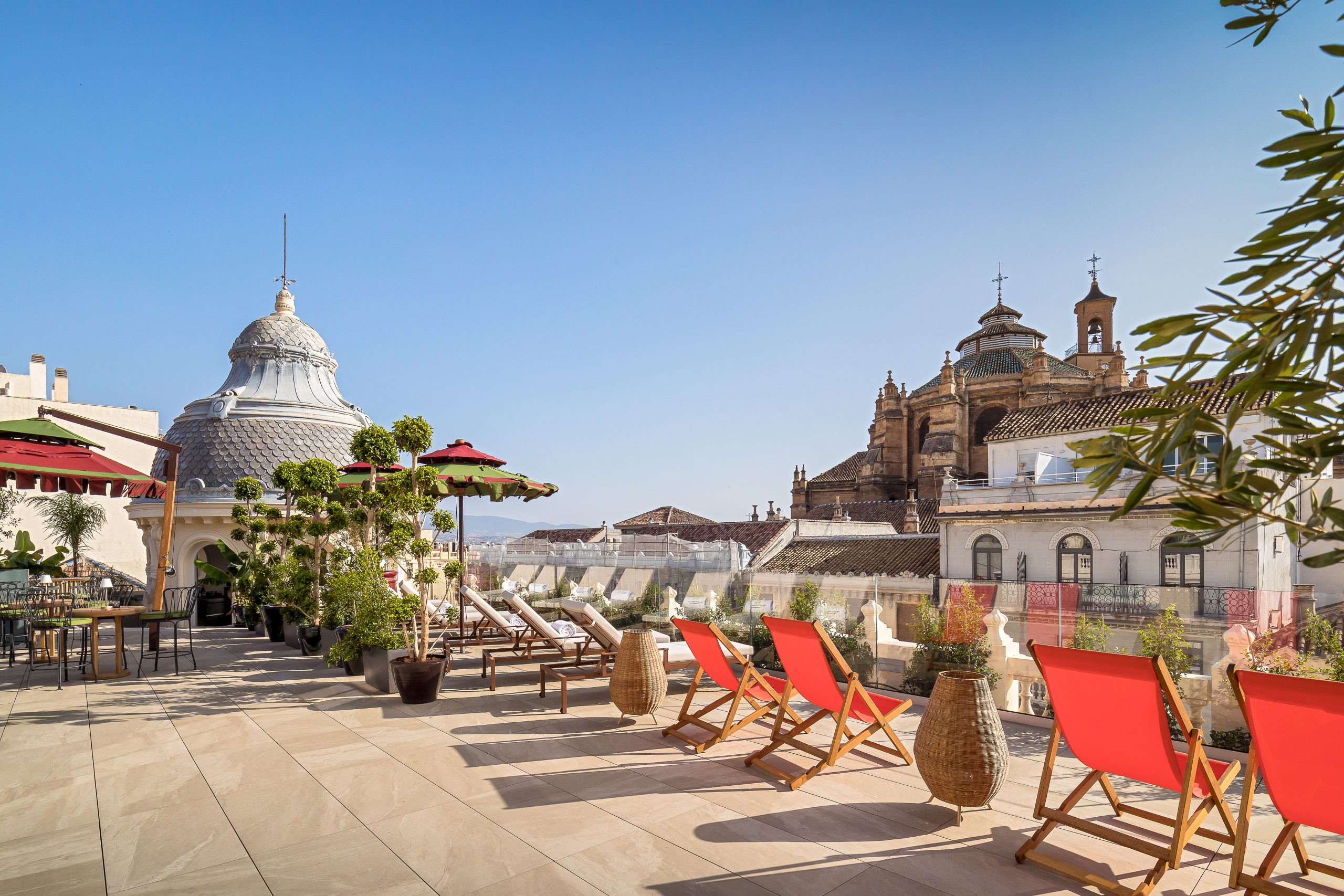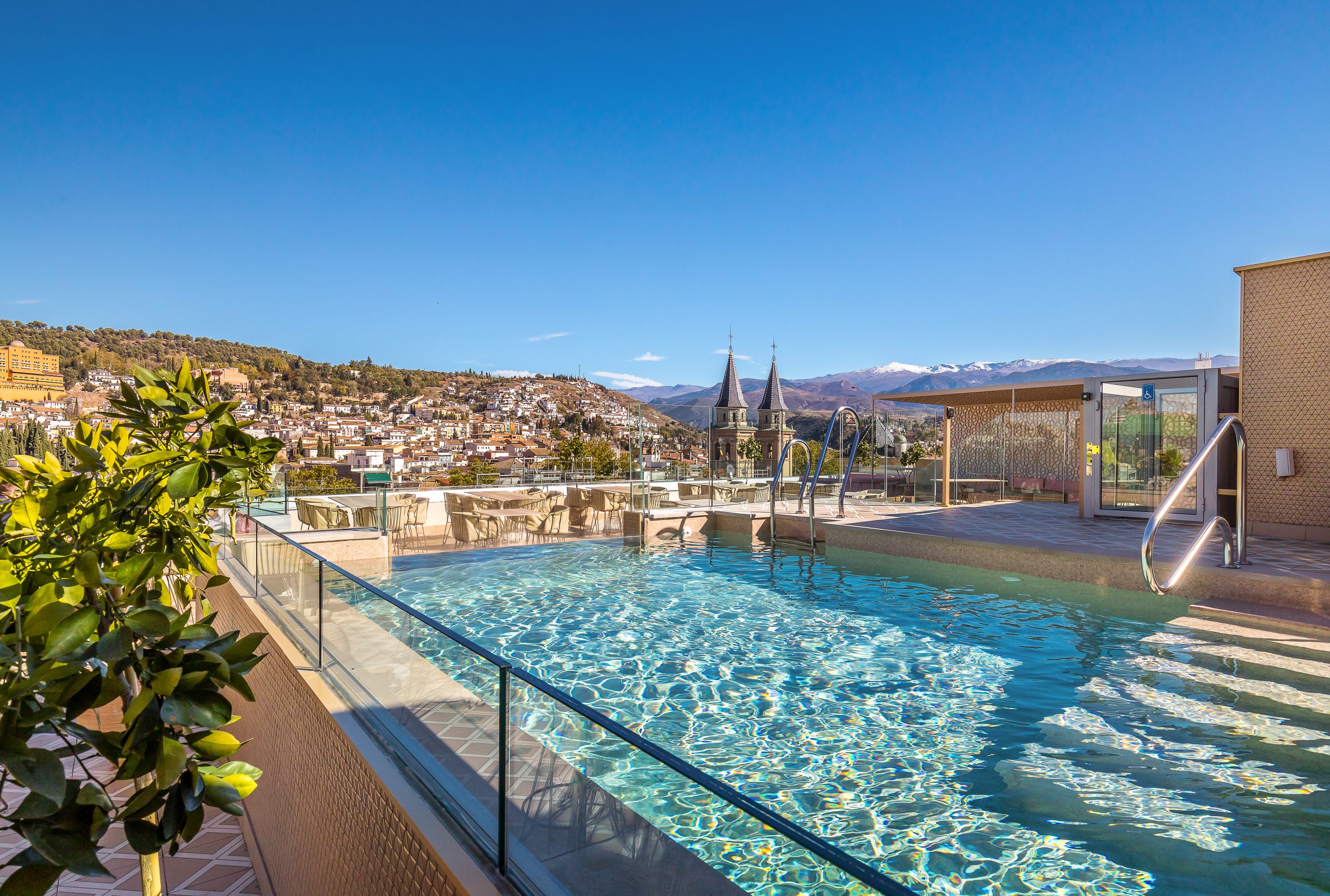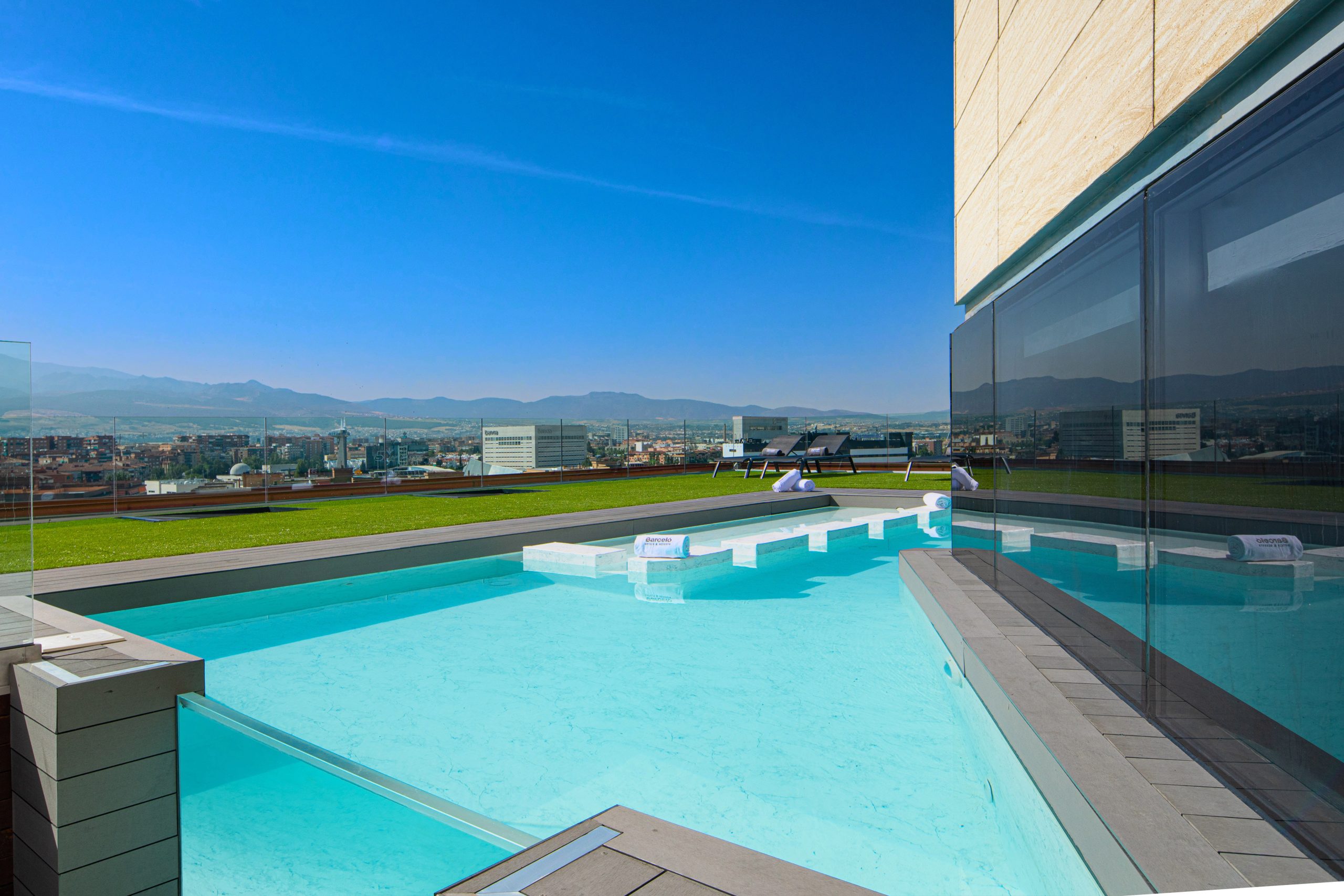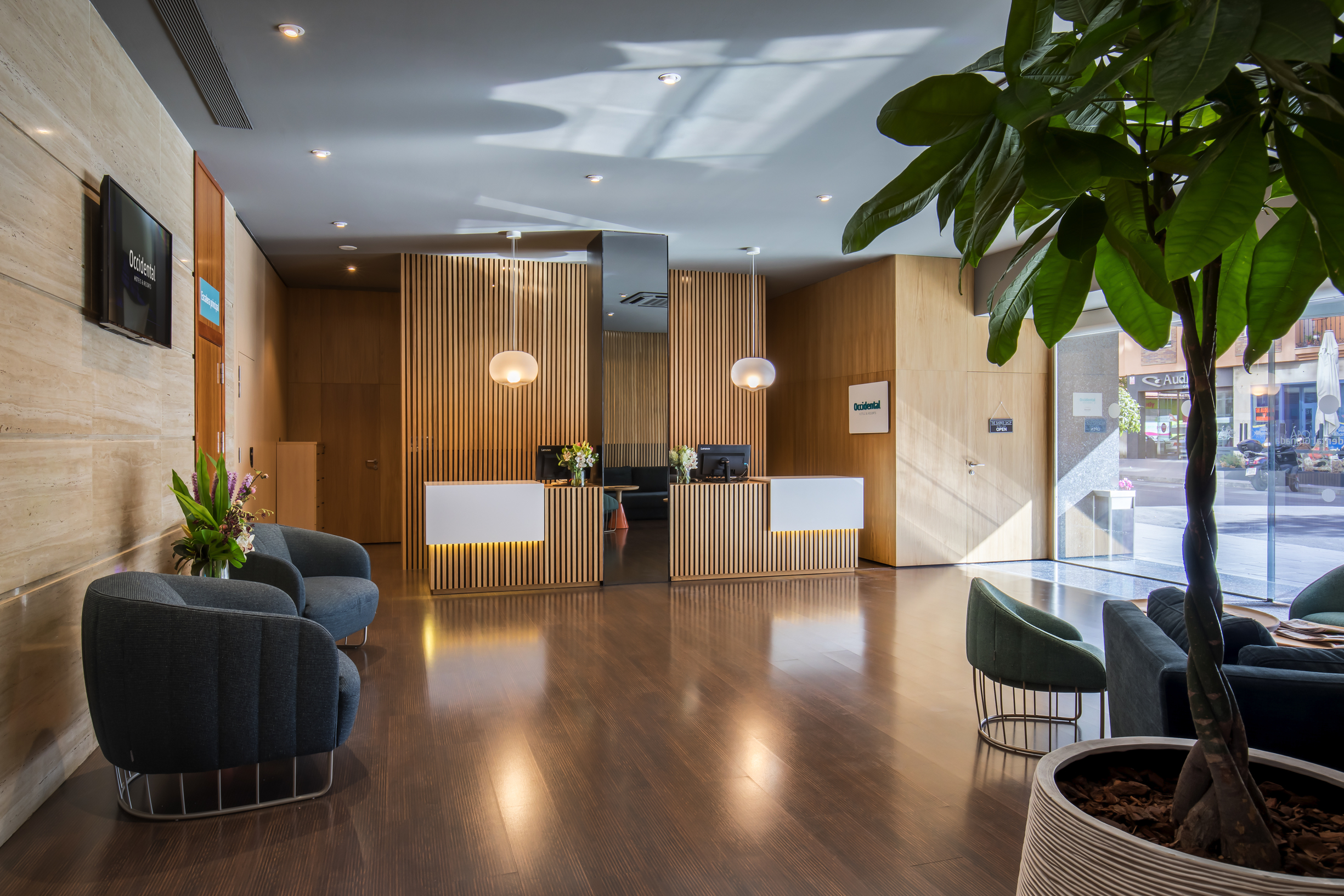Granada is, without a doubt, one of the most beautiful cities in Spain and Andalusia, alongside Seville and Málaga. Its history, its cobbled streets, its tapas and exquisite gastronomy and its people are compelling reasons to visit the city. We can assure you that you won’t regret it.
The unmistakable traces of Moorish culture, its architecture and unique places make Granada a destination that is always enticing for visitors, who will discover, through a wide range of activities, wonders as spectacular as the Alhambra, the Generalife, and the neighbourhoods of Albaicín and Sacromonte, places that cast magic over a must-visit city.
Boabdil lamented its loss and Shakespeare wrote that ‘Every inquisitive traveller has Granada in their heart even without having visited’. If you are planning on spending a few days in Granada, take note:
- Places in Granada that cannot be missed
- The Alhambra of Granada
- Palacio of Charles V
- San Nicolás viewpoint
- Going out for tapas in Granada
- Granada cathedral
- Royal Chapel of Granada
- Paseo de los Tristes
- Carrera del Darro
- Hamman Al Andalus de Granada
- Casa del Chapiz
- La Cartuja Monastery of Granada
- Elvira gate
- Royal Monastery of San Jerónimo
- Science Park
- Must-visit areas of Granada
- Museums in Granada
- Where to eat in Granada
- Where to sleep in Granada
For anyone thinking of visiting, we have put together a list of the must-see places to get to know the city of One Thousand and One Nights. You don’t have to follow a specific order – let your intuition guide you to discover the beating heart of the city of Granada. In places where history has played such an important role in terms of culture, architecture and gastronomy, we recommend letting yourself be carried away and enjoying everything by immersing yourself in the traditions and customs. Listen to the sound of the water in the fountains, let yourself be enveloped by the aromas of the gardens, visit a tea shop and enjoy the Arabian flavours of the most aromatic foods. It will be an experience that will stay with you forever, because Granada will always stay in your heart.
Places in Granada that cannot be missed
The Alhambra of Granada
A Unesco World Heritage Site since 1984, with the Sierra Nevada as its backdrop, the Alhambra and the Generalife of Granada comprise the best-preserved Muslim walled city in the world. A fortress with palaces and impressive gardens, every nook of the Alhambra is steeped in the luxury and fine taste of the Nasrid monarchs. The Alhambra is one of the most impressive works of Spanish historical and artistic heritage due to its extraordinary beauty and richness. However, it is advisable to buy tickets in advance, since it is one of the most-visited monuments in the world, with over 3.5 millions visitors per year.
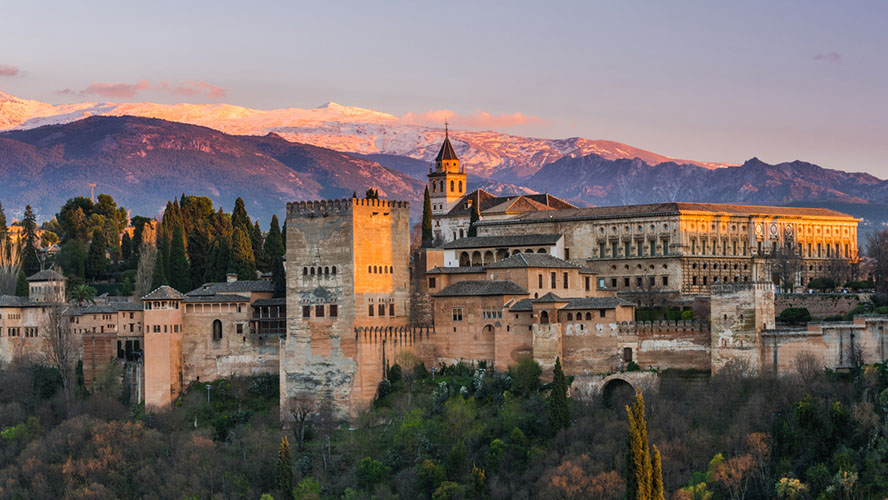
Palace of Charles V
On your visit to the Alhambra be sure to set aside some time to admire the Palace of Charles V, built by the emperor in order to take advantage of the beauty of the red fortress, as the Alhambra is known. As the story goes, the monarch fell in love with the Alhambra after spending a few months there with his wife, Isabella of Portugal, after their betrothal in 1526. He liked it so much that he asked for his own palace next to it. The architect responsible for the project was Pedro Machuca, but construction was delayed for so long due to multiple problems that it took centuries (until 1930) before it was finished.
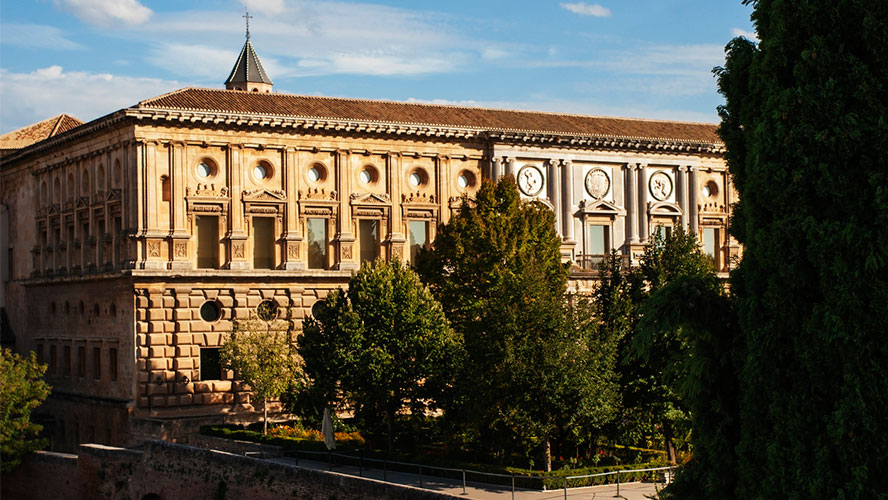
If you could see the palace from the air, you would see a square structure measuring 63 metres on each side, and a circular courtyard in the middle – an innovative, never-before-seen layout in the Renaissance. Walking around its perimeter is a perfect way to discover dozens of details before entering the vast courtyard with a 30-metre diameter filled with columns and double arches.
Palace of Charles V
The San Nicolás viewpoint is perhaps the most famous in Granada due to its spectacular views of the Alhambra and the Sierra Nevada. It is said that in 1997, when Bill Clinton visited, he said that from it he saw ‘the most beautiful sunset in the world’. The viewpoint is right in the heart of the Albaicín neighbourhood, which, with its tangle of cobbled streets and tapas bars, adds special charm to the image.
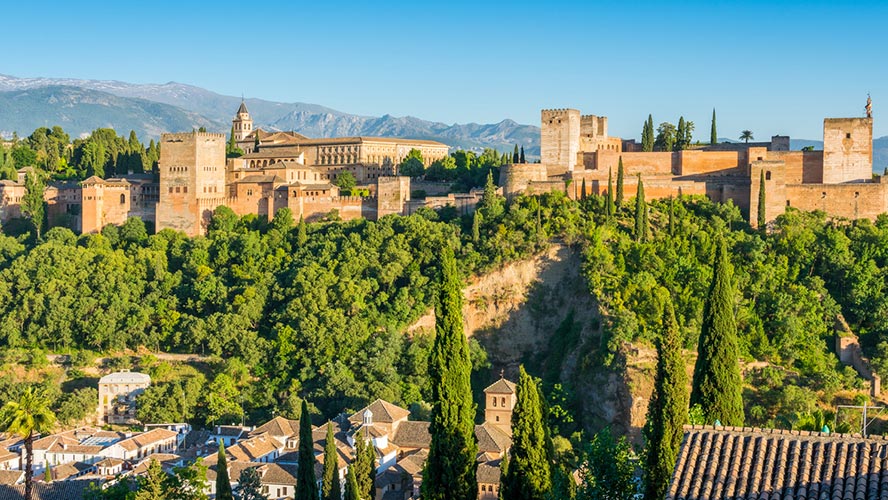
Going out for tapas in Granada
Granada’s tapas are famous, coveted and generous. As one of the hallmarks of the Nasrid city, bars and taverns compete to offer the best and most original dishes. They say that after going out for tapas you won’t need to have lunch. So what place are most recommended? The pedestrianised street that leads to Plaza del Ayuntamiento is one of the most famous for lunchtime tapas, as well as the area around the cathedral and Calle de Elvira, in addition to the Albaicín neighbourhood.
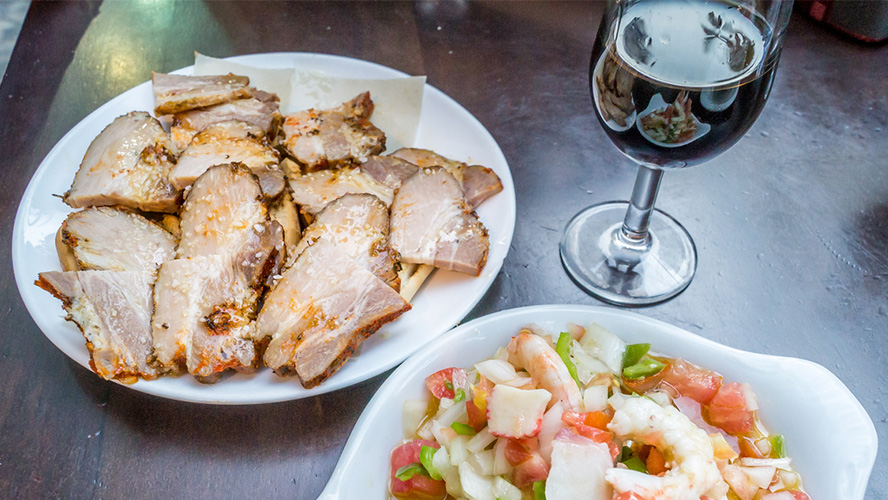
Granada Cathedral
One of the masterpieces of the Spanish Renaissance, built in 1505 by order of Isabella the Catholic, Granada Cathedral, or the Cathedral of the Incarnation, houses in its interior the famous Immaculate by Alonso Cano and a magnificent altarpiece. Of particular note is the imposing Main Chapel. The side naves are connected to numerous chapels built in different styles and eras. One of the architects that worked on it was Diego de Siloé.
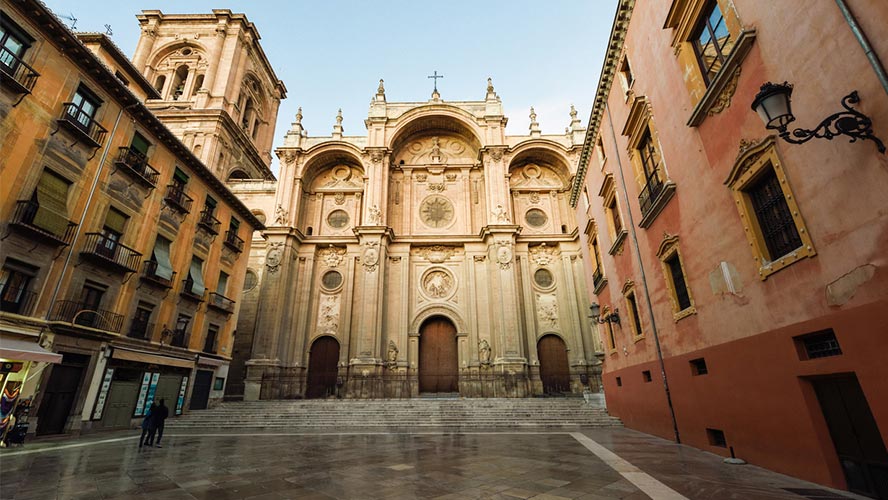
The Royal Chapel of Granada
This chapel has no less than 500 years of history, since it was ordered to be built, in Gothic style, by the Catholic Monarchs themselves, so that their mortal remains would be laid to rest there. The chapel was built between 1505 and 1517 and is dedicated to Saints John the Baptist and the Evangelist. One year before construction on the Royal Chapel began, Queen Isabella and King Ferdinand died. As a result, they were buried provisionally in the Convent of San Francisco in the Alhambra, before being transferred to the Royal Chapel. In the sacristy-museum, the rich patrimonial legacy of the Catholic Monarchs is exhibited (gold and silverware, textiles, books, Flemish panel paintings, etc.) and a valuable collection of fifteenth-century religious painting. Tours take place all throughout the year, except during mass and when religious celebrations are taking place.
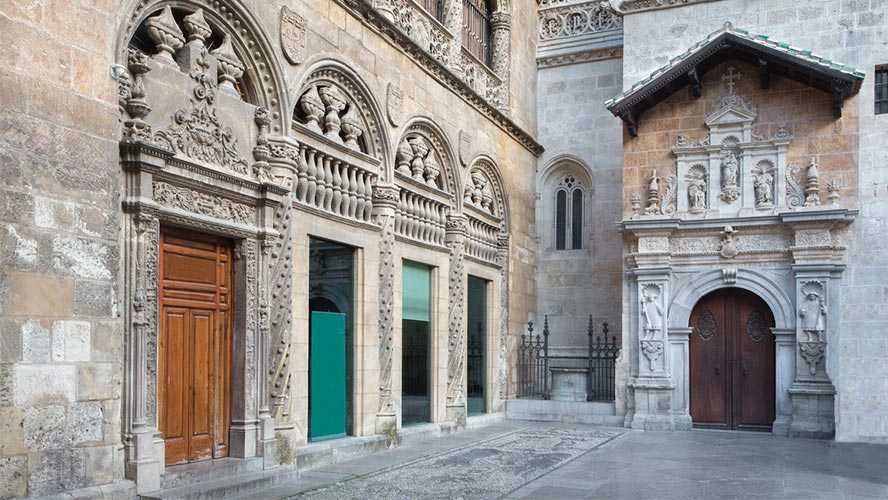
Paseo de los Tristes
One of the most romantic and bohemian streets in Granada, Paseo de los Tristes, whose official name is Padre Manjón, follows the course of the Darro river between the Moorish Las Chirimías and El Aljibillo bridges. Its name (The Promenade of the Sad Ones) comes from the funeral processions that used to pass along the street towards San José cemetery, on Sabika hill. The street, the scene of many popular festivals and competitions, is always lively and a great place to gauge the essence of the city.
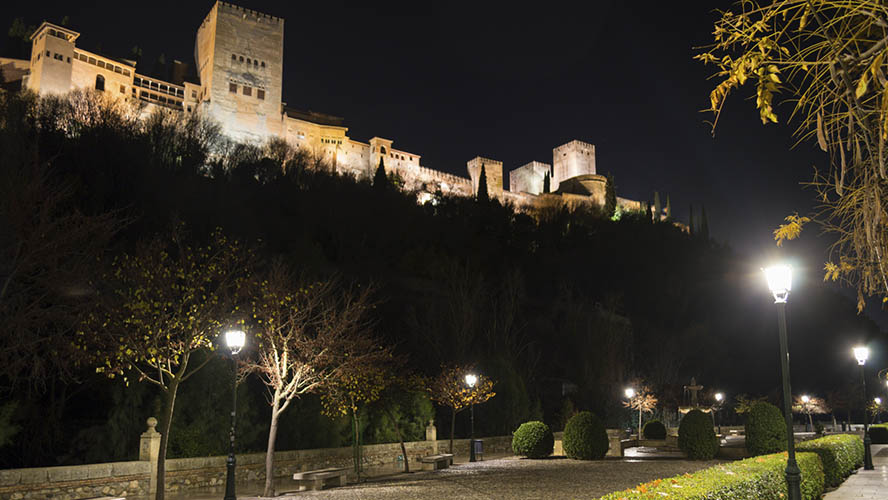
Carrera del Darro
Leading to the Sacromonte neighbourhood of Granada is Carrera del Darro, one of the oldest streets in Granada as well as one of its most visited, not just for its beauty but also its historical importance. While listening to the sound of the Darro river, which courses along beside it, you can see many landmarks, such as the Palace of Los Córdova, Casa Castril and the Convent of Santa Catalina.
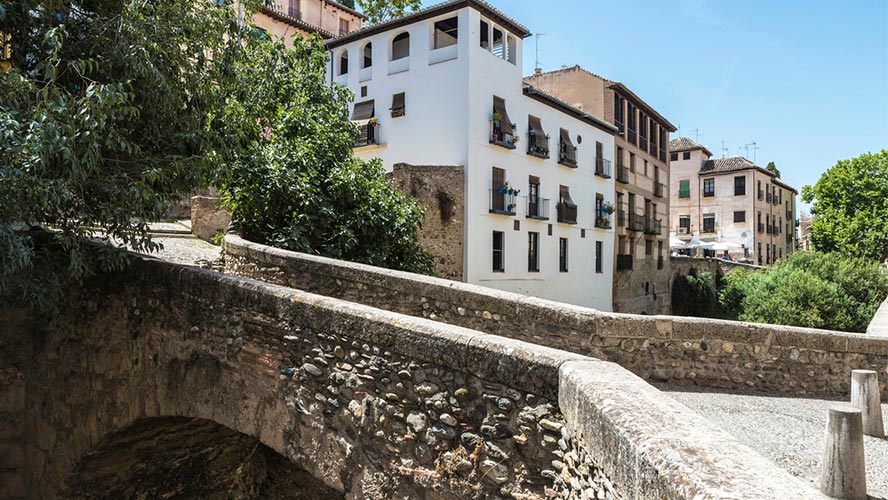
Hamman Al Andalus
If one thing characterises Arab culture, it is their baths. And in Granada, visiting the Arab baths is an unmissable experience to enjoy and evoke the Nasrid period. The Hamman Al Andalus Arab baths are situated in the city’s historical quarter, next to Plaza Nueva, recreating the atmosphere of Al-Andalus. Their decoration, aromas and waters make for a unique space that invites you to make the most of it.
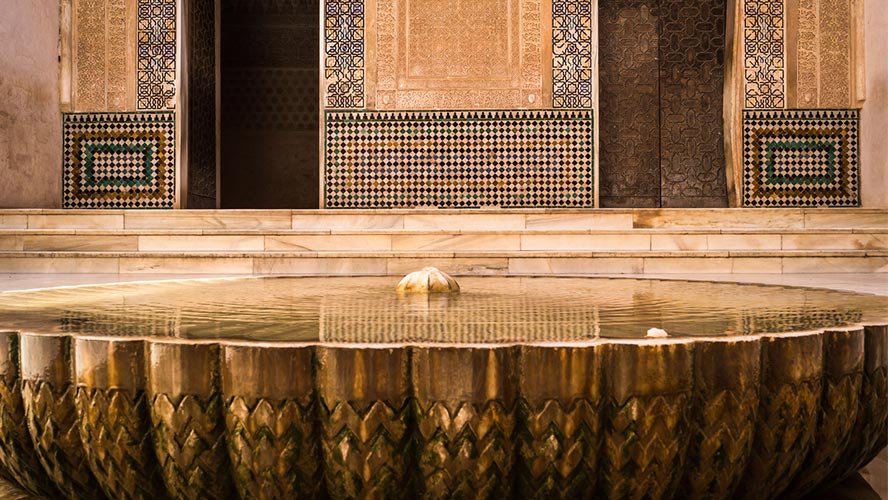
Casa del Chapiz
This house owes its name to its two owners, two Moors who converted to Christianity after the reconquest of Granada, Lorenzo ‘El Chapiz’ and Hernando López ‘El Feri’. Dating from the sixteenth century, its architecture and decoration is a mix of Arab and Christian features. The courtyard contains an old pool and white marble columns. The upper part consists of wooden galleries with Renaissance, Nasrid and Gothic elements. These days it houses the School of Arab Studies.
Monasterio de la Cartuja de Granada
La Cartuja Monastery was built on the site of an old Arab villa called Aynadamar. Construction of the monastery began in 1506, although work lasted for almost three centuries. It is one of the most distinctive examples of Spanish and Andalusian Baroque. Don’t miss the church, with its impressive high altar, or the sacristy, with its Baroque decoration.
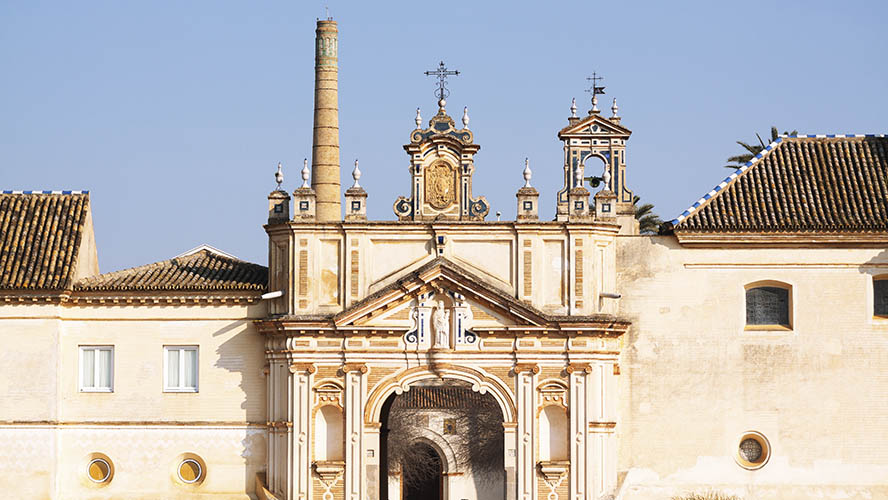
Gate of Elvira
The Gate of Elvira or the Arch of Elvira was the old entrance to the Alhacaba and the Albaicín. It consists of a large horseshoe arch built by Zirid sultans in the early eleventh century. Today, only the arch, which belonged to a fortress, remains. It is one of the oldest monuments in the city, faithful witness to the glorious Islamic past of Granada.
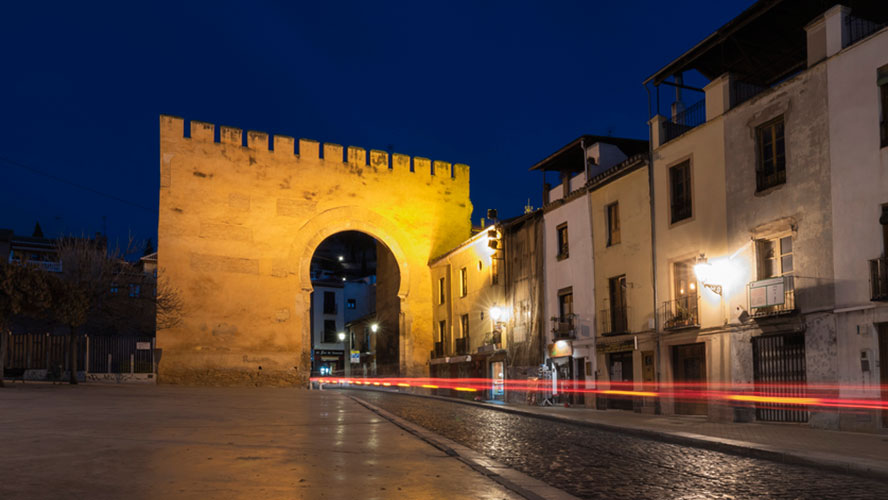
Royal Monastery of San Jerónimo
This was the first monastery to be built in Granada after the Christian reconquest. Founded in 1504, in the Renaissance style that was popular at the time, its interior houses a beautiful Gothic cloister. Look out for the doors that lead to the cloister, which were carved by Diego de Siloé; the church, which has interesting sculptures, made by Jacobo Florentino; the impressive main altarpiece by Juan Bautista Vázquez, which has many features added at a later date; and the crypt which houses the remains of the ‘Great Captain’, that is, Gonzalo Fernández de Córdoba, and his wife María Manrique.
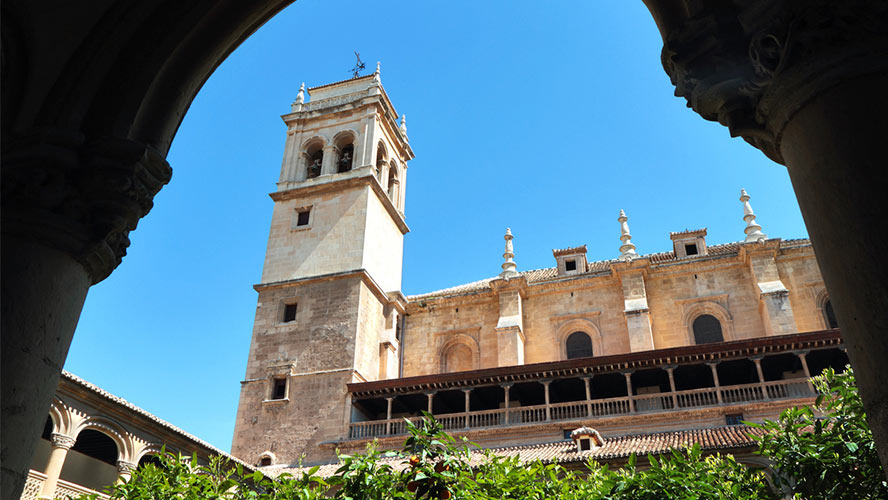
A guided visit to the monastery, so you don’t miss any of its secrets, will not disappoint and is well worth your while.
Science Park
The comprehensive Science Park of Granada is not usually included in a basic tour of the city, but it certainly deserves a place in your itinerary. And, if you are travelling with your family, it should be one of your tops spots. Plan your visit according to your age or that of the people accompanying you so that you have time to visit the most interesting spaces and even do some activities.
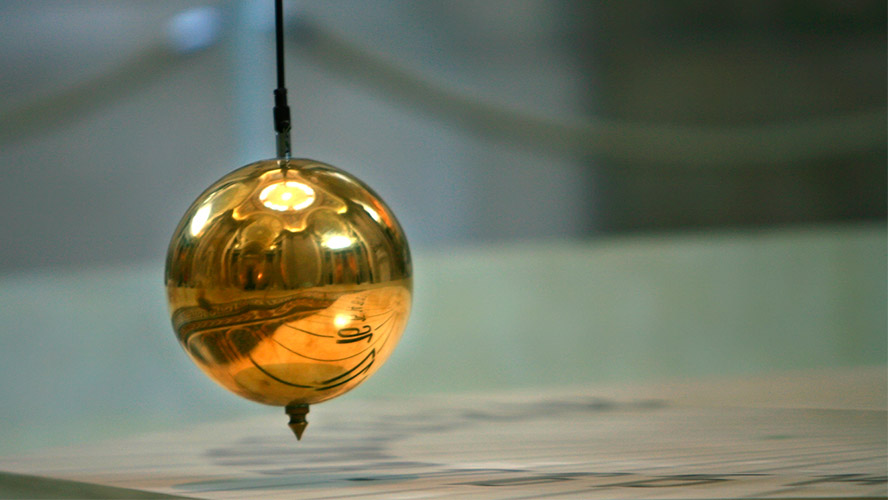
You can start by visiting the Museum, which has permanent content, such as the Journey through the Human Body, temporary exhibitions, workshops, special itineraries and also an escape room. Continue learning in the BioDome, which is designed to show the planet’s biodiversity and the need to conserve it. And don’t miss the Planetarium, where you can enjoy the Observatory, the Astronomy Garden and Astronomy Nights.
Must-visit areas of Granada
The Albaicín neighbourhood
Considered one of the most charming and most beautiful places in Granada, the Albaicín holds the essence of all the city’s historical past, from the Phoenicians to the Moors, through to the Romans, the Carthaginians and the Visigoths, and is the city’s most authentic neighbourhood. Strolling through its charming, narrow streets and contemplating its fountains and monuments you will soon understand why it was declared a Unesco World Heritage Site in 1984. If there is one thing you should do in Granada, it is losing yourself in this captivating neighbourhood.
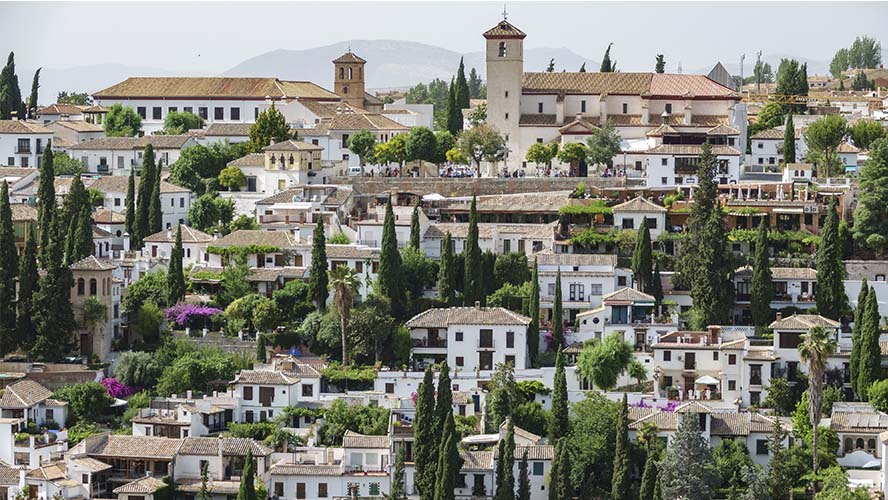
Sacromonte
Famous all over the world for its caves, in which the duende flamenco is conserved in its purest form, the Sacromonte neighbourhood in Granada is the home of gypsy culture and its folklore. Sacromonte is part of the six neighbourhoods that make up the Albaicín district, situated in the Valparaíso area, right opposite the Alhambra. The views from Sacromonte are impressive, but you can also embark on a journey through time in the picturesque neighbourhood, from Arab and Jewish periods to when the first gypsies settled here, making the area the domain of their culture.
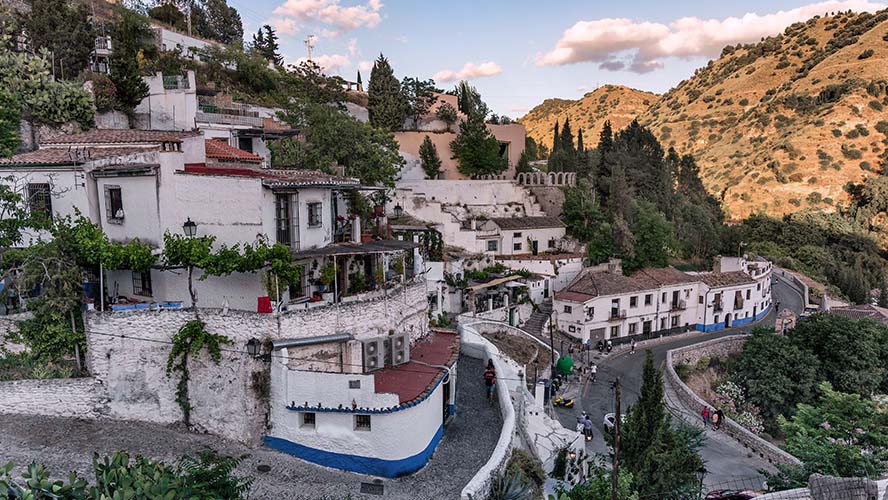
Realejo
Realejo is a neighbourhood with a lot of history and tradition. Situated at the foot of the hill on which the Alhambra lies, the area was an ancient Jewish settlement. Plaza del Campo del Príncipe is the neighbourhood’s main hub, located on the site of a former Arab cemetery. Here you will find the statue of Cristo de los Favores (Christ of Favours), who, according to the legend, saved the area’s inhabitants from the plague that struck the province in the seventeenth century. Also in the neighbourhood is the Casa de los Tiros, Santo Domingo church and Las Torres Bermejas, which was added to the walls of the Alhambra in the sixteenth century.
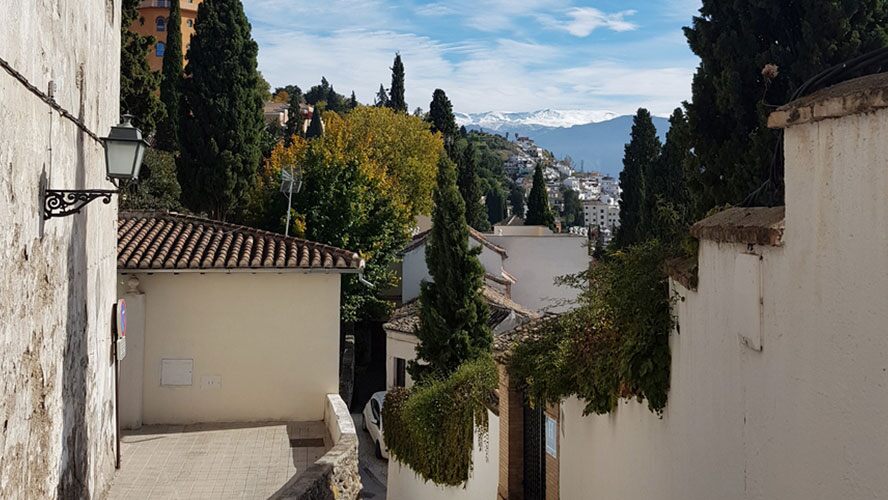
Museums in Granada
Granada is a city steeped in history and cultural heritage, so it is no surprise that its museums house valuable cultural treasures. In addition to these, it also boasts newly-created museums, geared towards a wider audience, such as the Science Park Museum. The following is a list of the museums that you cannot miss on a getaway in Granada.
Sacromonte Museum
Situated opposite the Alhambra, on the Los Negros ravine, the Sacromonte Museum is a recreation of a traditional cave dwelling, with furniture and furnishings from the time. In it you can view the living area, next to the stable, with tools and equipment used for donkeys, mules and horses, a traditional kitchen and workshops for the most famous types of crafts, including basketmaking, blacksmithing, pottery, looms and more. There are still many cave homes in Sacromonte, although some are used to host flamenco shows and for other tourist purposes. Make the most of your visit to the museum to discover the Darro valley, the Sacromonte meadows, the Don Gonzalo ramparts, Aceituno hill and Avellano fountain.
Science Park Museum
This museum is part of a large cultural and educational complex spanning 70,000 square metres dedicated to science. Since it opened in 1995, it has become the most visited interactive museum in Andalusia. It is open all year round and boasts seven pavilions with permanent exhibitions, temporary exhibitions, a digital planetarium, an astronomical observatory, a BioDome space in which the earth’s habitats are recreated, a library, a cinema, an auditorium and much more. The museum is a perfect place to visit with kids. The Science Park Museum is also the headquarters of the Education Office of the European Space Agency.

San Juan de Dios Museum
This museum, created in 1931 as a cultural centre of the Hospitaller Order of St John of God, is housed in a distinctive building known as the Casa de los Pisa, because it was built by the wealthy Pisa family shortly after the reconquest of Granada by the Catholic Monarchs in 1492. In addition to a beautiful courtyard, the museum has a chapel, three galleries and 12 rooms, where you can view a valuable collection of painting, gold and silverware, furniture, porcelain and iconography of Saint John of God.
Huerta de San Vicente. Federico García Lorca House-Museum
Federico García Lorca is surely the most important poet of the twentieth century. Although he was born in Fuentevaqueros, the author of ‘Yerma’ spent his summers during his childhood and early teenage years in the house in Granada in which the museum is situated, which today contains the writer’s personal items and manuscripts, as well as many original pieces of furniture from the family home. In Huerta de San Vicente, which today is part of Granada’s Federico García Lorca Park, you will also find drawings and artworks, by both the artist and his many painter friends. Here he wrote some of his most iconic works, such as ‘Blood Wedding’ and ‘Gypsy Ballads’.
Museum of Fine Arts
Located on the first floor of the spectacular Palace of Charles V, next to the Alhambra, this museum houses over 2,000 paintings and sculptures, making it the most important art gallery in Granada. The museum opened in 1839 and has been located in various places, although it has been at its current location since 1958. You will find paintings by Alonso Cano, José de Mora and Juan Ramírez, as well as pieces by contemporary artists, such as Manuel Ángeles Ortiz, Manuel Rivera and José Guerrero.
Where to eat in Granada
In Granada you can eat so well and at such affordable prices that after visiting, the city will be at the top of your own personal culinary ranking. If you want to go for tapas, the places where you will find the most options are the Realejo neighbourhood, Plaza de la Bib Rambla, Plaza Nueva, Calle Elvira and the area around Calle Acera del Darro and Calle Navas. Some of our favourite places include Tendido 1, inside the bullring, the bar El Arenal, in the La Chana neighbourhood, and Los Diamantes, another classic tapas bar in Granada.

But if you are in the mood for something a bit more formal, take note of Restaurante Damasqueros, which serves incredible dishes with impeccable presentation, and La Fábula, which has excellent tasting menus. In case you want some seafood, visiting Marisquería Cunini wouldn’t go amiss. And, of course, as location and views are also decisive when it comes to a gastronomic experience in Granada, don’t miss dinner on the rooftop of the Barceló Carmen Granada.
Where to sleep in Granada
A city as touristy as Granada has establishments of all kinds, but it cannot be denied that staying in a hotel with all creature comforts makes for a much more impressive experience. Among the options you will find, you can choose between the urban Barceló Granada Congress, a five-star hotel with 249 rooms that is well-connected to the airport and just a few minutes from the city centre. It boasts meeting rooms, a wellness area (U-Wellness) and excellent restaurants. Another option is the Occidental Granada, a four-star hotel with 141 rooms, just 10 minutes from the historical quarter but very close to the Science Park. Its rooms with views of the Sierra Nevada are a true delight.
Another highly-recommended option is the Allegro Granada, a four-star hotel situated in the quiet Beiro area, which is perfect whether you are travelling as a couple or with your family. It has 122 rooms decorated in a bright, modern way, an outdoor swimming pool and a solarium area. Without a doubt, the terrace with its Honesty Bar and extensive views are a great draw on the hottest days.
Last but not least is the Barceló Carmen Granada, situated in the centre of Granada, with impeccable facilities and excellent views. Waking up or going to sleep with the Alhambra before you is priceless, as is dining on the 360-degree panoramic terrace where the city cannot hide any of its secrets. When it gets hot, the swimming pool will be one of your favourite places. The hotel is perfect for all types of visitors, but above all those who love exploring cities on foot without their cars.







































































